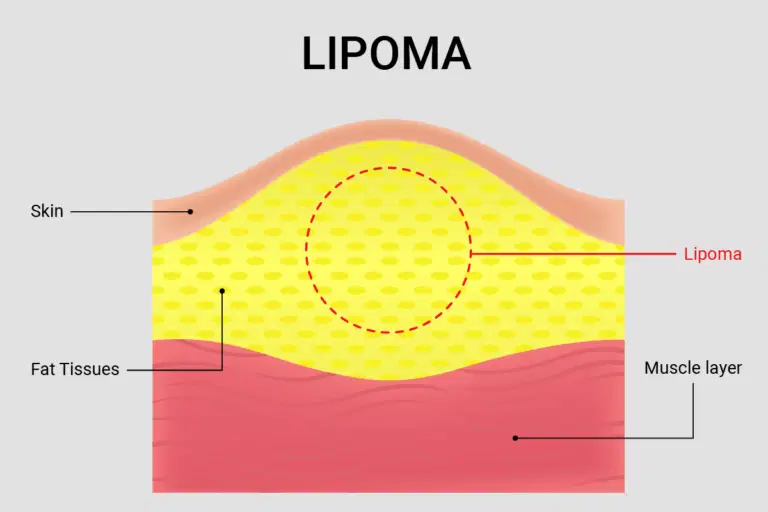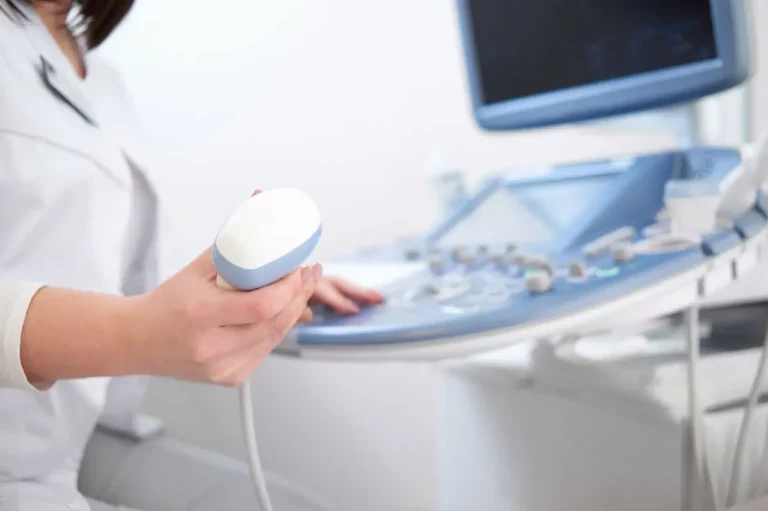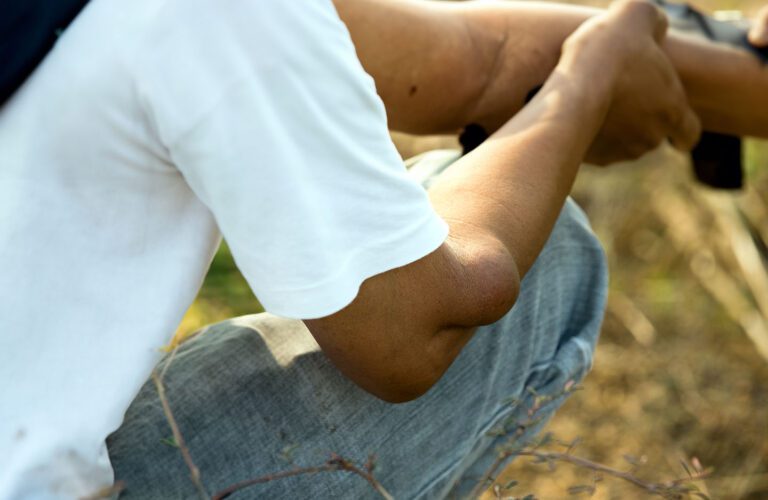What is sarcoma?
Soft tissue sarcoma is a sub type of sarcoma, a broad term for rare cancers that develop in the body’s connective tissues, which includes the muscles, bones, fatty tissues, cartilage, tendons, blood vessels or any other supportive tissue.
They can affect almost any part of the body, on the inside or the outside, but most commonly affect the arms, legs and trunk. They can also appear in the stomach and intestines as well as behind the abdomen. Sarcoma can affect both adults and children, but are slightly more common in children.
Sarcoma; the different types, signs, diagnosis and treatment options
15 people are diagnosed with sarcoma every day in the UK. That’s about 5,300 people a year and there are around 100 different sub-types of sarcoma.
However, the disease is still relatively rare compared to other types of cancer. As a result, awareness of sarcoma is low and often referred to as the ‘forgotten cancer’.
Despite its comparative rarity to other, more prevalent cancers, it’s still important to be aware of sarcoma cancers and their signs and symptoms; as is the case with many other cancer types, early diagnosis and treatment is key.
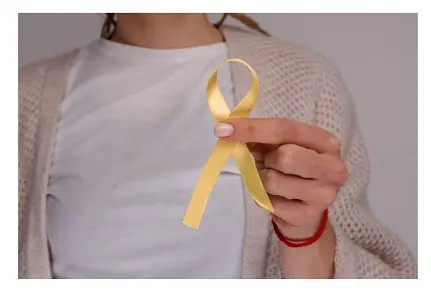
Sub-types of sarcoma
The different sub-types of sarcoma fall into three main categories; soft tissue sarcoma, bone sarcoma and gastrointestinal stromal tumours (GIST):
- Soft tissue sarcomas – as their name implies, are found in soft tissues like fat, muscle, nerves and tendons. They commonly present as a soft tissue lump on the trunk or limbs. Other common soft tissue sarcomas include gynaecological and retroperitoneal sarcomas. Gynaecological sarcomas develop in the female reproductive system which includes the uterus (womb), ovaries, vagina, vulva and fallopian tubes. Retroperitoneal sarcomas develop in the retroperitoneum, this is the area behind the peritoneum, the lining of the abdominal space that covers the abdominal organs.
- Non-soft tissue sarcomas – form in the bone. The most common type of bone cancer is osteosarcoma, which usually forms in the large bones of the arm or leg. Bone sarcomas affect less than 500 people in the UK each year, making it a very rare form of cancer (0.2% of sarcomas).
- GIST – which occurs in the gastrointestinal (GI) tract, is a long tube that runs through the body from the oesophagus to the anus (back passage) and includes the stomach and intestines.
Signs of Sarcoma
In the earlier stages, soft tissue sarcomas will often appear as a painless lump under the skin of the arm or the leg. As the sarcoma gets bigger, it may begin to press on nearby organs, nerves or muscles, and this can cause pain or difficulty breathing.
Pain is the most common symptom of bone cancer (particularly at night), but not all bone cancers cause pain. Other symptoms include fever or a lump which can feel soft and warm, and a bone that breaks unexpectedly; meaning that there was no accident or impact that would normally result in a breakage. Commonly they are found on incidental imaging for another reason.
What are the causes of sarcoma?
The aetiology is predominantly unknown but contributing causes including genetic mutations, family history, previous radiotherapy, or chemical exposure. Family history is extremely important in patients with a history of Neurofibromatosis as this can present as malignant peripheral nerve sheath tumours. More research needs to be performed in order to understand the causes of Sarcoma with projects like the national 100,000 Genome Project.
What are the symptoms of soft tissue cancer?
Features to watch out for in soft tissue sarcomas are any unexplained lump, which is increasing size, larger than 5cm (a Golf Ball), painful and deep-seated, but not always. Sometimes lumps which are small in size can present as an aggressive lesion. There may be evidence of skin changes, discolouration, fungating (coming through the skin) lesions, and a history of previous surgery or radiotherapy.
Any patient with a lump that’s painful, getting bigger, bigger than 5cm, deep or looks suspicious on initial imaging should be referred to a sarcoma specialist for further assessment.
How do you diagnose soft tissue sarcomas?
Diagnosis of a sarcoma will usually start with a physical examination, alongside imaging tests such as an X-ray, CT scan, ultrasound, MRI or PET scan. A biopsy and/or blood tests may also be used to confirm the diagnosis and stage the cancer.
When sarcoma is diagnosed early it is less likely to have spread to other parts of the body, and treatment is likely to be more effective. It is important that people with a confirmed sarcoma diagnosis are referred to a sarcoma specialist at the earliest opportunity.
Generally, people diagnosed with a soft tissue or bone sarcoma are younger than the majority of other cancer patients. Over 30% of bone or soft tissue sarcomas are diagnosed in people under the age of thirty.
What treatments are available for soft tissue cancer?
There are many different types of sarcoma, which will be diagnosed at various stages. Each person’s individual treatment plan will depend on the type, size, location and stage of their cancer.
Broadly speaking, sarcoma treatment plans will usually include surgery, chemotherapy, radiation therapy, targeted therapy, or a combination of these.
Will I be completely cured of the sarcoma?
A treatment plan is made to ensure treatment of the sarcoma is as complete as possible. Most Sarcomas are treatable with good results and prognosis with early presentation and diagnosis. After the sarcoma is treated usually by surgery, patients are kept under clinical surveillance for 10 years to monitor for any recurrence or other problems.
What should I do if I experience any symptoms of sarcoma?
Experiencing symptoms of cancer is an incredibly worrying time, but it’s very important to get your symptoms investigated by a doctor as soon as possible. An early sarcoma diagnosis provides a wider range of treatment options, and often improved treatment outcomes.
Links to further information
- Sarcoma UK – the bone and soft tissue cancer charity
- NHS Sarcoma information
- Cancer Research UK
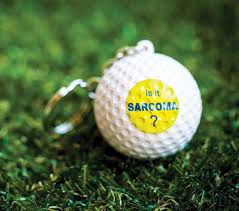
If you a have a new lump that you are concerned about please seek medical advice from your doctor or contact us to arrange an appointment at our clinic.
A rapid access lumps diagnostic clinic is available for consultation and same day diagnostics by arrangement.

